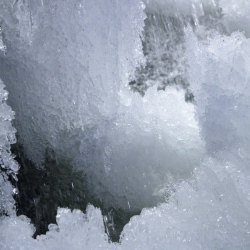
Scientists have identified far infrared energy as a new driver behind Arctic warming and melting sea ice in the region, according to recent research. Although it accounts for about half the energy emitted by the Earth’s surface, researchers hadn’t previously thought to consider the long-wavelength region of the electromagnetic spectrum.
But a team from the US Department of Energy’s Lawrence Berkeley National Laboratory decided to focus on this unexplored topic, and found that far-infrared surface emissivity in fact has a much bigger impact on the polar climate than today’s models indicate. "Based on our findings, we recommend that more efforts be made to measure far-infrared surface emissivity. These measurements will help climate models better simulate the effects of this phenomenon on Earth’s climate," lead author Daniel Feldman said in a statement.
